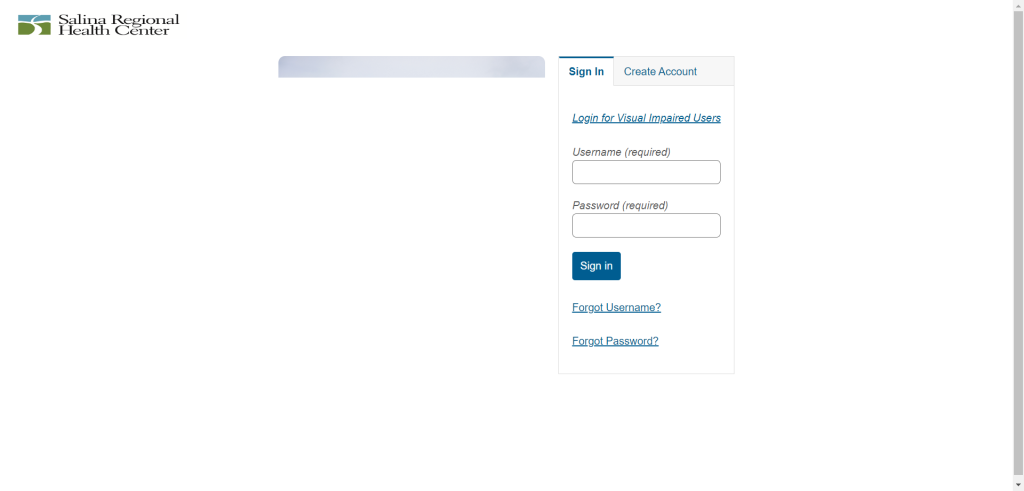In today’s fast-paced digital world, healthcare is becoming increasingly accessible and patient-centric. Patient portals, like MyHealth, are revolutionizing the way individuals interact with their health information and providers. MyHealth is a secure online platform that grants patients access to their medical records, test results, appointment scheduling options, and direct communication channels with their healthcare team.
What is the MyHealth Patient Portal?
The MyHealth Patient Portal is a web-based tool that provides patients with a centralized hub for managing their health information. It offers a range of features designed to streamline communication, promote proactive healthcare management, and enhance the overall patient experience. Think of it as your personal digital health file cabinet, always available at your fingertips.
MyHealth Patient Portal Login
Step 1: Access the MyHealth Patient Portal Website
Step 2: Once you’re on the MyHealth Patient Portal website, look for the section dedicated to logging in. This might be prominently displayed at the top of the homepage or in a sidebar.
Step 3: Enter Your Username or Email Address
Step 4: Provide Your Password

Step 5: Click on the “Login” Button
Step 6: Access Your Account Dashboard
- After successfully logging in and completing any additional verification steps, you should be redirected to your MyHealth Patient Portal account dashboard.
- Here, you’ll have access to various features and functionalities, such as viewing medical records, communicating with healthcare providers, scheduling appointments, and managing prescriptions.
By following these step-by-step instructions, you should be able to successfully log in to your MyHealth Patient Portal account and access its features and services. If you encounter any difficulties during the login process, the MyHealth Patient Portal website usually provides resources for account recovery or assistance, such as password reset options or customer support contact information.
Benefits of Using MyHealth
The MyHealth Patient Portal offers numerous advantages for both patients and healthcare providers:
-
24/7 Access to Health Records: Review your medical history, lab results, allergies, medications, and immunization records anytime, anywhere. This puts you in the driver’s seat of your health journey.
-
Convenient Communication with Doctors: Securely message your healthcare providers with non-urgent questions, refill requests, or to follow up on appointments. This saves time and eliminates unnecessary phone calls.
-
Appointment Management: Schedule appointments, view upcoming visits, and even request appointment reminders directly through the portal.
-
Medication Management: Access your current medication list, request refills, and stay informed about potential drug interactions, ensuring adherence and safety.
-
Educational Resources: Many MyHealth portals offer valuable health information and educational materials, empowering you to make more informed decisions about your well-being.
-
Increased Patient Engagement: By providing easy access to health data and communication tools, MyHealth encourages patients to take a more active role in their health management.
-
Streamlined Administrative Tasks: Patients can update their personal information, insurance details, and complete forms online, saving time for both patients and healthcare staff.
-
Improved Efficiency for Healthcare Providers: MyHealth reduces administrative burdens, allowing healthcare providers to focus on patient care and improving overall practice efficiency.
How to Sign Up for MyHealth
The sign-up process for MyHealth will vary depending on your healthcare provider. Here are the general steps involved:
- Contact Your Provider: Inquire with your doctor’s office or healthcare facility if they offer a MyHealth Patient Portal.
- Registration: Typically, you’ll need to provide your personal information and create a secure login with a username and password.
- Verification: You may receive an email or text message with an activation link to verify your account and complete the registration process.
- Start Using MyHealth: Once your account is activated, you’ll log in to the portal and start exploring all the benefits it offers.
Maximizing Your MyHealth Experience
Here are some tips to get the most out of your MyHealth Patient Portal:
- Explore the Features: Familiarize yourself with the different options available within the portal. Start with the basics – reviewing your records and messaging your doctor – then branch out as you become more comfortable.
- Keep Your Information Updated: Ensure your contact information, insurance details, and medication list are accurate. This helps your healthcare team stay informed.
- Ask Questions: Don’t hesitate to reach out to your healthcare provider if you have questions about the portal or your health information.
- Use It Regularly: Make a habit of checking the portal for updates, test results, messages, and managing your upcoming appointments.
- Take Notes Before Appointments: Jot down questions or concerns you want to discuss with your doctor and have them ready during your visit or for secure messaging through the portal.
Security and Privacy
MyHealth portals are designed with patient privacy and security as top priorities. They typically employ robust encryption technologies and adhere to strict health information protection regulations such as HIPAA. Always use strong passwords and practice safe online habits to safeguard your health data.